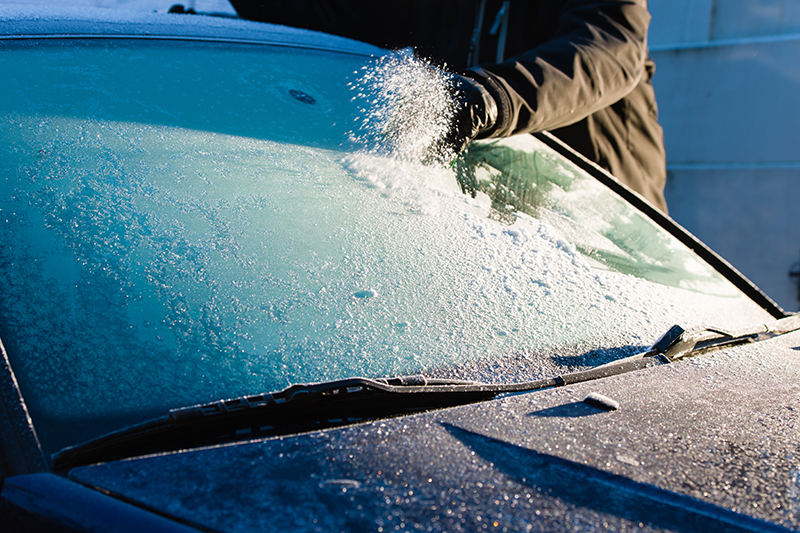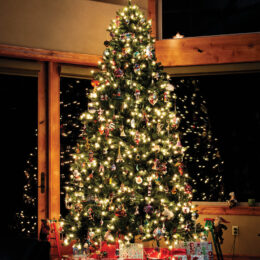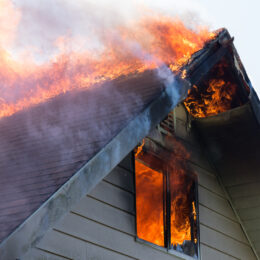The best time of the year to start winterizing your home is before the temperatures start to drop and snow is already on the ground, but if you’re reading this and haven’t already made those small changes to your home, consider this your nudge to get started!
Preparing your home for cold temperatures doesn’t have to be difficult or expensive. Understanding how to winterize your home to keep it running smoothly will not only keep you safe, but it will keep your energy bill lower, too.
Protecting pipes
This winter, plan ahead for burst pipes, water and tree damage, and unexpected power outages. Knowing how to prepare for these common incidences can be beneficial to you and the safety of your home.
If a pipe does burst in your home, avoid electrocution by calling your electric cooperative right away to turn off your electricity before going down in a basement or before touching any plugged in appliances.
Here’s how you can protect your pipes this winter:
- Turn off outdoor faucets and have sprinkler systems blown out by a professional.
- Drain outdoor hoses.
- Remove and drain window A/C units.
- Insulate pipes in exposed or unheated areas.
- Keep your thermostat above 55 F.
- On especially cold days, open cabinets to let warm air reach sink pipes.
Roof damage
To avoid rooftop water damage from clogged gutters, clean your gutters after the last leaf of the season falls. This will keep ice and water from building up around the foundation of your home, which could possibly cause leaking on your roof.
Before a storm hits, have a professional check the trees around your home. Dead or dying limbs on your trees will most likely fall during the first big storm, causing damage to not only your home but possibly to your neighbors’ homes as well.
Winter appliances
When preparing for winter weather, remember to check on winter appliances that have been stored away. Look over appliances like snowblowers and generators to be sure the wiring isn’t cracked and that all other parts are in working order.
Start preparing your home for winter now and enjoy the comforts of knowing you and your family will be safe from unexpected dangers in and around your home.
STORM KIT:
Preparing your car for winter safety
Install winter wipers. Just be sure to remove them once spring rolls around.
Install winter tires.
If you can see your breath, it’s time to install winter tires.
Keep washer fluid full. Consider keeping a spare bottle or two in the trunk.
Maintain proper tire pressure. You should check pressure more regularly during winter and refill your tires as needed.
Keep the gas tank
at least half full. A full tank can help prevent gas line freeze ups. Not only that, but if you’re ever stranded, your engine may be the only thing to keep you warm until help arrives.
Keep your rear-window defroster in working order. Being unable to see behind you could create unsafe driving conditions.
Pack a winter safety kit: ice scraper, bag of sand and a shovel, cell phone, flares, first aid kit, flashlight and batteries, jumper cables, warm clothing, non-perishable food and beverage items.




